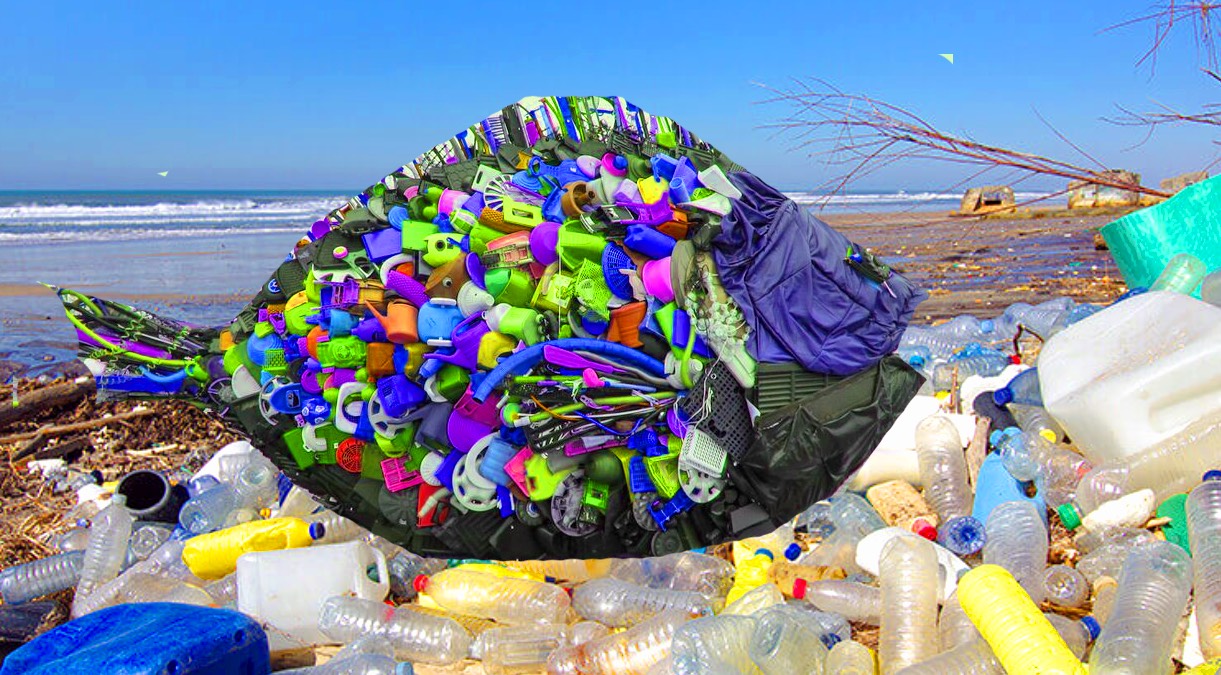The history of plastic can be traced back to the late 19th century, when the first synthetic plastic, Bakelite, was invented. Bakelite was a synthetic material made from phenol and formaldehyde, and it was initially used for electrical applications due to its insulating properties. However, its versatility and low cost soon led to it being used in a wide range of other products, including telephones, toys, and jewelry.
In the decades that followed, new types of plastic were developed, each with their own unique properties and applications. For example, polyethylene, a flexible and lightweight plastic, was first synthesized in the 1940s and has since become one of the most widely used plastics in the world, used in products ranging from packaging to toys.
The widespread use of plastic has had a profound impact on society, revolutionizing the way products are manufactured, packaged, and transported. However, the negative environmental impacts of plastic have become increasingly apparent in recent years, with plastic pollution affecting the world’s oceans and wildlife, and plastic waste taking hundreds of years to break down in the environment.
As a result, there has been growing pressure on the plastic industry to find more sustainable solutions, including the development of biodegradable plastics and the use of recycled materials. Despite these efforts, the use of plastic continues to grow, and the challenge of reducing its impact on the environment remains a major global concern.
Plastic can harm both human health and the natural environment. Here are some ways in which plastic can have negative impacts:
- Human Health: Some types of plastic contain harmful chemicals, such as bisphenol A (BPA) and phthalates, which can leach into food and drinks and have been linked to a range of health problems, including hormone disruption, reproductive problems, and some cancers.
- Marine Life: Plastic pollution is a major problem in the world’s oceans, where plastic debris can harm and kill marine animals that mistake it for food or get entangled in it. Plastic can also release toxic chemicals into the ocean, which can harm marine life and potentially enter the food chain.
- Land Pollution: Plastic waste that is not properly disposed of can litter the land and harm wildlife, as well as take hundreds of years to break down in the environment. In some cases, plastic waste can also contaminate soil and water, leading to long-term environmental damage.
- Climate Change: The production of plastic requires the use of fossil fuels, which contributes to greenhouse gas emissions and contributes to global climate change. In addition, the decomposition of plastic in the environment can release methane, a potent greenhouse gas.
- Microplastics: Plastic debris can break down into tiny particles, known as microplastics, which can be harmful to wildlife and potentially enter the food chain. Microplastics have been found in various environmental and food sources, including tap water, sea salt, and seafood.
- Litter: Plastic litter, such as single-use plastics like water bottles, bags, and straws, can be unsightly and harm wildlife. Plastic litter can also wash into rivers and oceans, contributing to the global plastic pollution problem.
- Wildlife Entanglement: Plastic litter, such as fishing line, netting, and six-pack rings, can entangle wildlife, leading to injury or death. This is a particular problem for marine animals, such as seals, sea lions, and turtles.
- Degradation of Natural Habitats: Plastic pollution can harm and degrade natural habitats, such as beaches, wetlands, and coral reefs, which can have cascading impacts on wildlife and ecosystem health.
- Waste Management: The production and disposal of plastic creates significant waste management challenges, particularly in developing countries where waste management systems are often inadequate. This can lead to plastic waste being improperly disposed of, leading to environmental and health problems.
These are just a few examples of how plastic can harm human health and the natural environment. It’s important to reduce our reliance on plastic and take steps to properly manage plastic waste to minimize its negative impacts. These demonstrate the far-reaching and complex impact that plastic can have on the environment and wildlife. It’s important to minimize our use of single-use plastics, recycle as much plastic as possible, and support efforts to find sustainable alternatives to plastic.

Article last updated on 5th June, 2023
By Rajdeep Dam


Leave a Reply